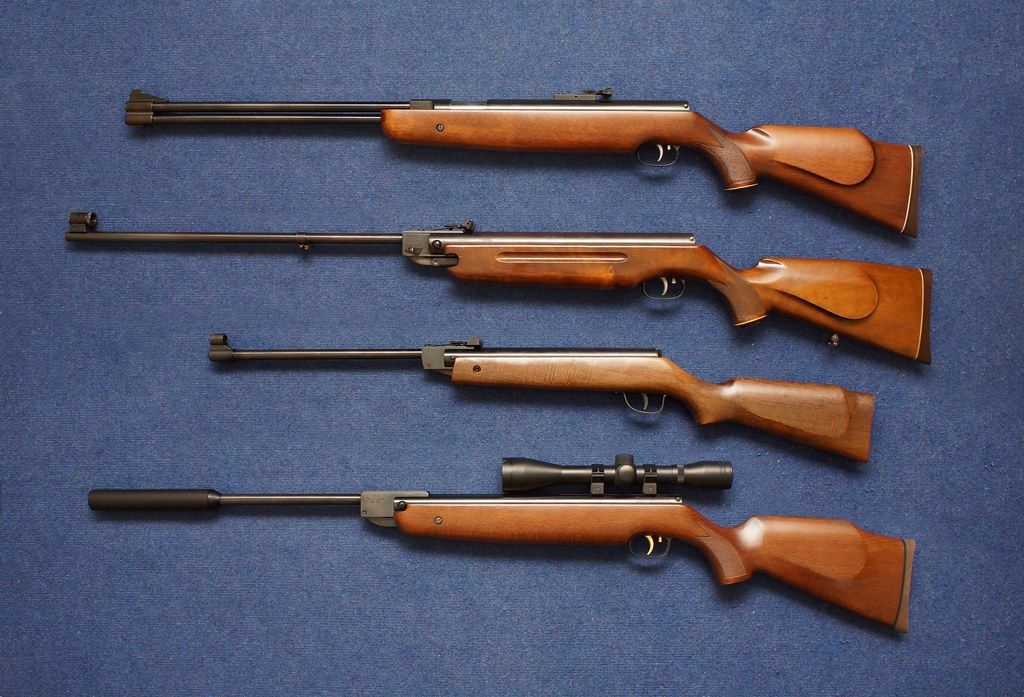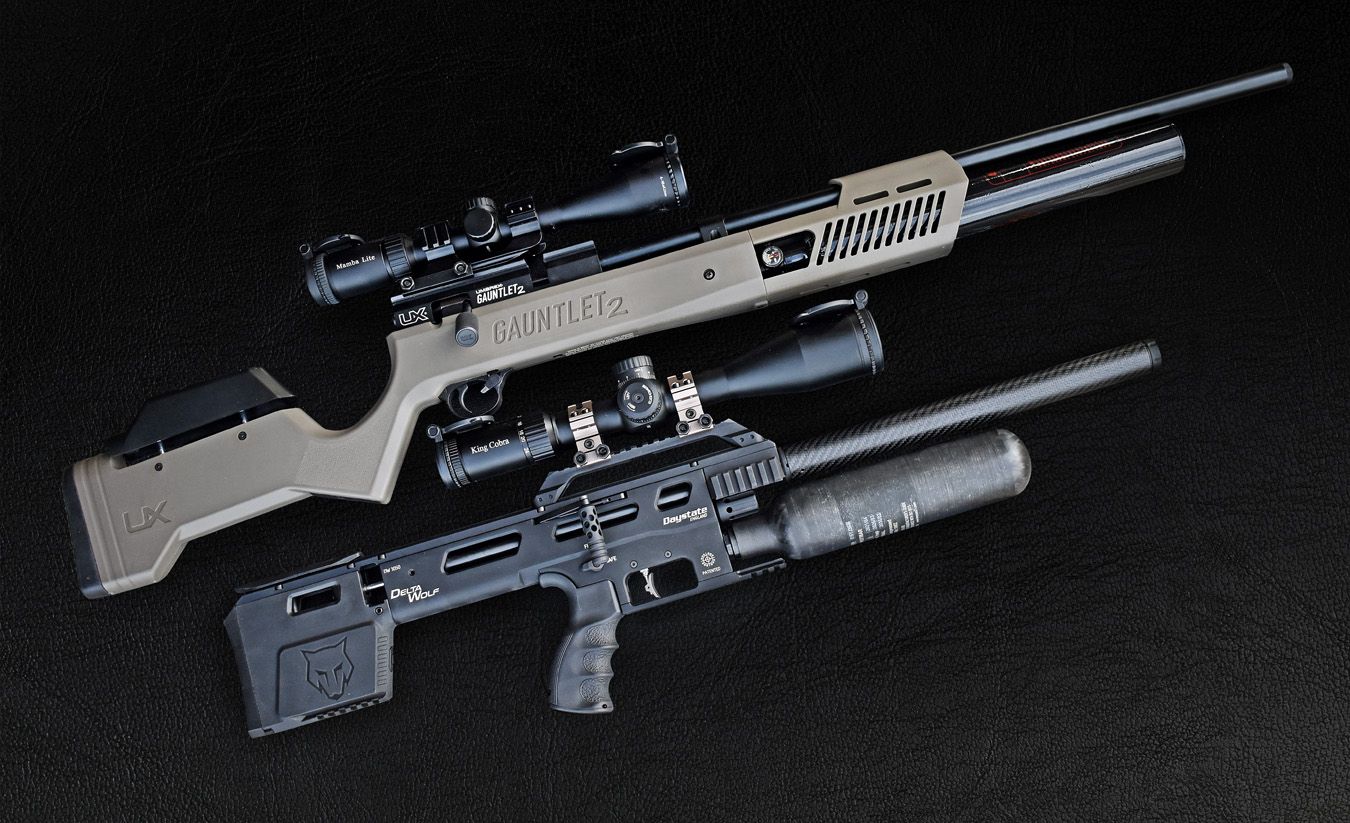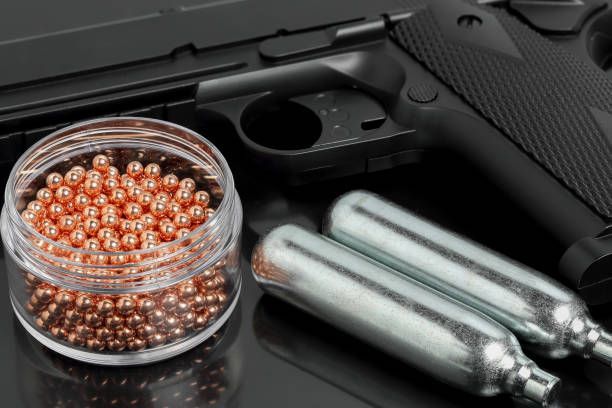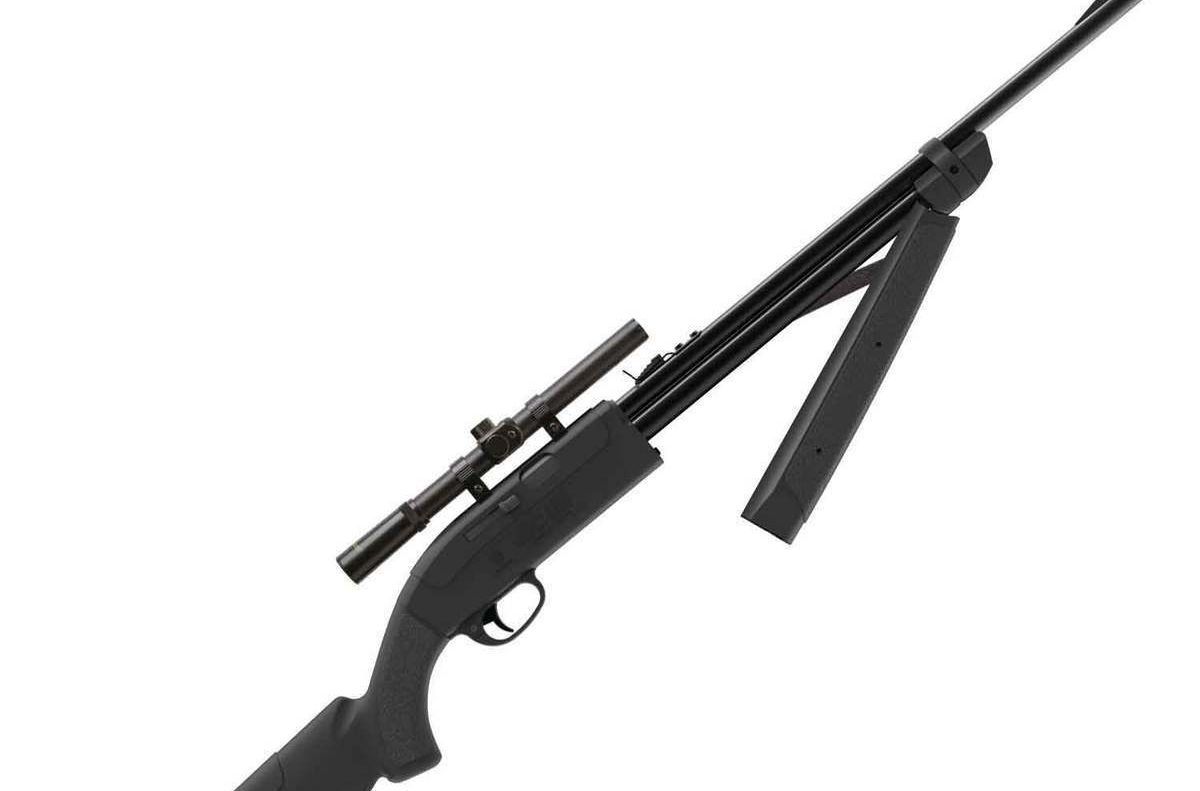Unlike the movie "A Christmas Story," there are hundreds (if not thousands) more options to consider for air rifles other than the Red Ryder BB gun. Oddly enough, they still produce the Red Ryder, although I wouldn't recommend it for anything other than the novelty factor.
While BB guns are what many of us grew up with, they're notoriously inaccurate and are very poor quality. In this article, we'll be talking about pellet guns. Pellet guns come in both pistol and rifle form factors, and while we'll gloss over pellet pistols, the focus of this article will primarily be focused on pellet rifles.
With the nearly unlimited options available, choosing a pellet rifle can be confusing without some type of guide to explain the differences. They come in various calibers from .177, all the way up to .60 caliber, and are powered by CO2 cartridges, break barrel springers and nitro piston, pneumatic pumps, as well as what's known as PCP, which stands for pre-charged pneumatic.
That being said, there's a lot to unpack here, so we'll go over the pros and cons of each of the different propulsion systems, but first, let's cover the different calibers available. Hopefully we can clear the air by the end of this article and help you choose an air gun that meets your needs without breaking the bank, while also being durable, accurate, and well-suited for your particular use.














